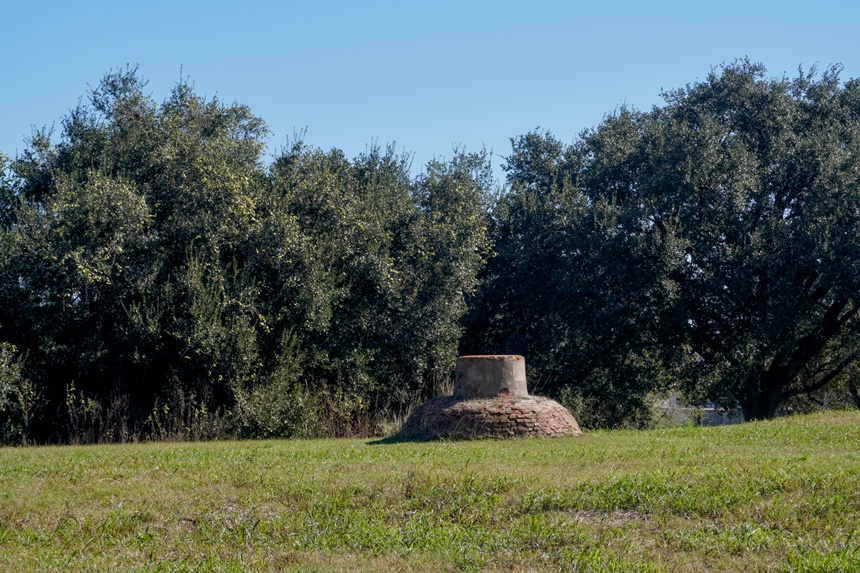If it’s a ghost town you’re looking for, there’s none in America more haunted than Texas’s Washington-on-the-Brazos, where even the buildings are ghosts.
When Texans talk about The Revolution, there’s an even chance they’re not referring to the spat that involved George Washington and Thomas Jefferson in 1776, but instead the one headlined by Sam Houston and Stephen Austin in 1836.
For nearly 190 years, the eyes of Texas have seldom gazed much farther back than the Texas Revolution.
From the time they are children, Texans are immersed in the lore of Texas’s independence with the fervor of true believers, and any pilgrimage to the lonely locale of the state’s birthplace usually first involves a stop in the nearby town of Brenham.
Brenham, historically a crossroads ranch town between Austin and Dallas, is today a center of cool casual dining, a highly regarded college, and the Blue Bell ice cream factory. The city also likes to declare itself “Where Texas Became Texas,” and that’s mostly true. Certainly, it is the closest incorporated entity to the now-abandoned, eerily empty site of an event every Texas schoolchild knows, but few outsiders have given any thought to: The signing of Texas’s Declaration of Independence.
Washington-on-the-Brazos — so named to differentiate it from that eastern burg Washington-on-the-Potomac (aka Washington, D.C.) — is a true 300-acre ghost town. Even those celebrated old mining settlements that dot the West — their clapboard storefronts baking in the sun; tumbleweeds rolling along their deserted dirt streets — are proffered the dignity of a physical remnant, however ragged. The fate of Washington-on-the-Brazos is reminiscent of Carthage after the conquering Roman general Aemilianus plowed over the buildings and covered the land with salt: The only way to know there was once a city here — the capital city of an emerging nation, no less — is to take people’s word for it.
I am walking along what was, in the mid-1800s, Washington-on-the-Brazos’s main drag, Ferry Street. At least, that’s what I am assured by Tynan Shadle, the Texas Historical Commission’s lead interpreter at the site. Were he not guiding me, I’d assume I was simply tracing the meandering path of a wide wooded lane. Ferry Street was once lined with drug stores, saloons, hotels, gambling halls, and brothels. Its margins are now defined by some large scattered trees. On the road’s west side, the land slopes steeply away, eroded by 160 years of nature and neglect, forming a brush-choked ravine leading to the Brazos River, a few thousand feet to the north. On a low hill just to the east stands the brick remains of a 19th century cistern, the only remnant of a long-gone hotel where legislators once stayed while in town to discuss matters of Texas national import.
